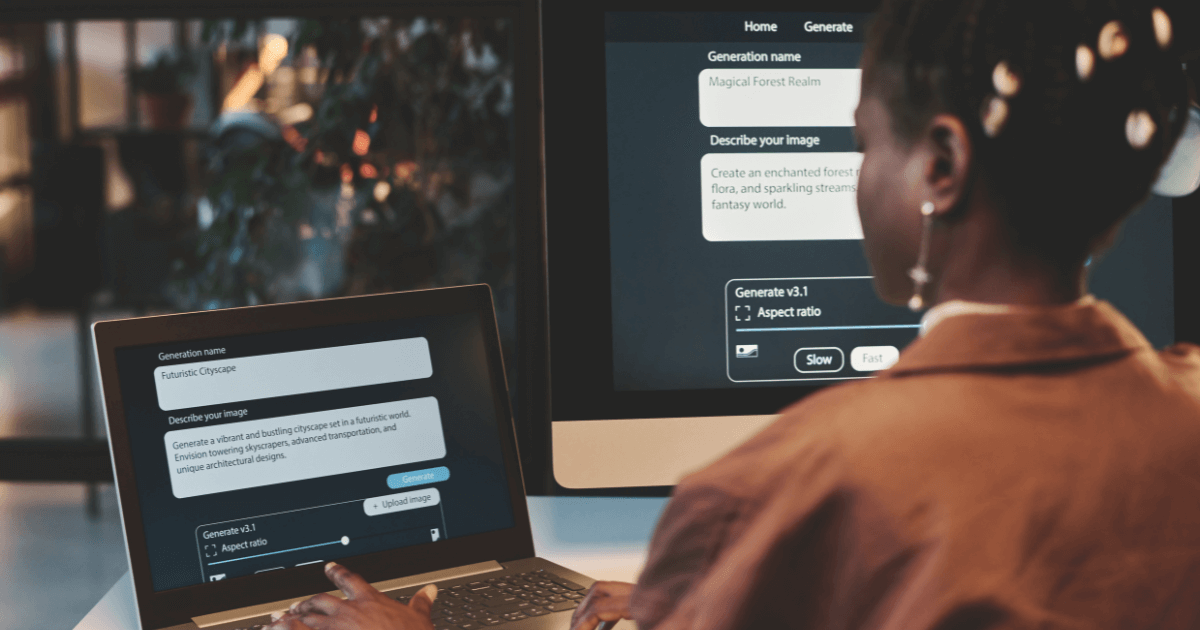Why the Distinction Matters
For decades, language was seen as the hallmark of intelligence. If something could speak like a human, it was assumed to think like one. That separation between AI and human intelligence no longer holds.
AI systems like ChatGPT now generate casually imperfect, contextual language that convinces people they are talking to another person. In experiments, 73% of participants mistook ChatGPT 4.5 for a human.
AI and human intelligence diverge in crucial ways. Humanlike fluency does not equal human capacities. Without sharper definitions, we risk blurring what makes us uniquely human, and how AI should be designed to complement rather than compete with us.
AI and Human Intelligence in the Age of Fluency
Machines are getting better, faster, and more humanlike in conversation. But fluency is not humanity.
- Fluency can be engineered. Statistical patterns create convincingly natural language.
- Human depth cannot be mimicked. Judgment, ethics, empathy, and creativity live in contexts AI cannot fully grasp.
- The Turing Test is obsolete. It only measures conversational deception, not true intelligence.
As Harvard Business Review notes, leaders must now look beyond fluency to measure AI’s real contribution and risks.
Business Implications of AI and Human Intelligence
For business leaders, the rise of humanlike AI is both an opportunity and a challenge.
Redesigning Workflows
Machines can now carry conversations, but humans must carry:
- Complex problem solving
- Ethical judgment
- Final decisions and relationships
This requires redesigning jobs, workflows, and customer interactions around the complementarity of AI and human intelligence.
Guarding Against Risks
Humanlike AI introduces risks:
- Impersonation and fraud
- Misinformation and misplaced trust
- Over-reliance on machine fluency
Companies that adopt AI without safeguards risk brand damage and regulatory backlash.
Preserving Human Strengths
Organizations should act now to preserve and amplify uniquely human strengths:
- Judgment: Machines analyze data, humans contextualize it.
- Empathy: Customer relationships require authentic emotional understanding.
- Creativity: Innovation often comes from leaps, not patterns.
- Ethics: Machines lack moral frameworks.
As The Economist observes, the next competitive frontier lies in blending machine fluency with human depth to build trust and resilience.
Practical Steps for Leaders on AI and Human Intelligence
- Audit roles and workflows. Identify where machines can take over fluency-heavy tasks and where humans must stay central.
- Invest in safeguards. Build systems that monitor impersonation, misinformation, and trust risks.
- Train for complementarity. Upskill teams in judgment, ethics, and creativity: skills machines cannot replicate.
- Communicate boundaries. Make clear to customers and employees what is AI-driven versus human-led.
FAQs
1. What is the main difference between AI and human intelligence?
AI produces fluency and speed, while human intelligence brings judgment, empathy, creativity, and moral reasoning.
2. Why is the Turing Test no longer sufficient?
Because it measures deception in conversation, not deeper forms of reasoning or humanity.
3. How should businesses use AI responsibly?
By letting AI handle structured, fluency-driven tasks while keeping humans in charge of judgment, relationships, and ethical oversight.
4. What risks come with humanlike AI?
Impersonation, misinformation, over-trust, and the erosion of distinct human roles in decision-making.
5. How can organizations balance AI and human intelligence?
By designing workflows where AI augments, not replaces, human strengths, and by embedding governance safeguards.
Conclusion: Redefining the Line Between AI and Human Intelligence
AI and human intelligence are no longer separate domains of fluency and conversation. Machines can produce language that convinces, but true human intelligence involves far more.
The challenge for leaders is to preserve and amplify human strengths while deploying AI responsibly. The organizations that succeed will be those that design for clarity, accountability, and collaboration between the human and the machine.
Related content you might also like:
- Keynote: New World Foundations
- Finding the Right Blend Between Algorithms and Humans
- Will AI Take My Job? 10 Ways to Stay Relevant
- Work Is Changing: Can You Lead Machines as Well as People?
- Vision-Language-Action Models: AI’s Next Frontier




